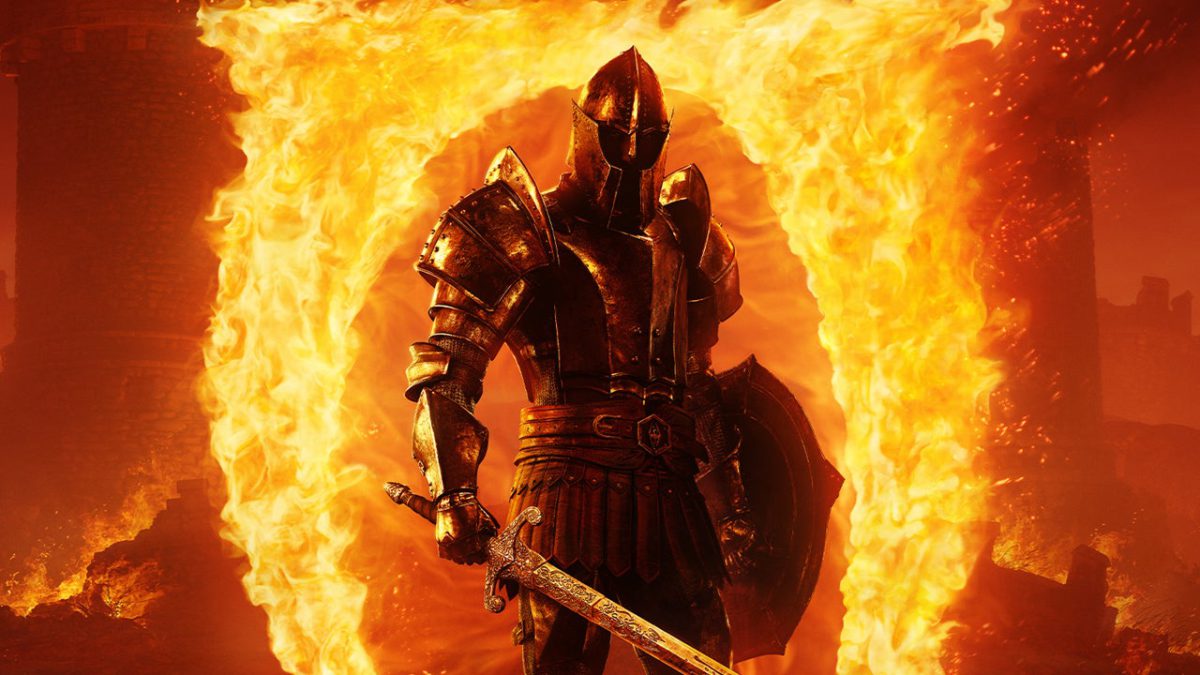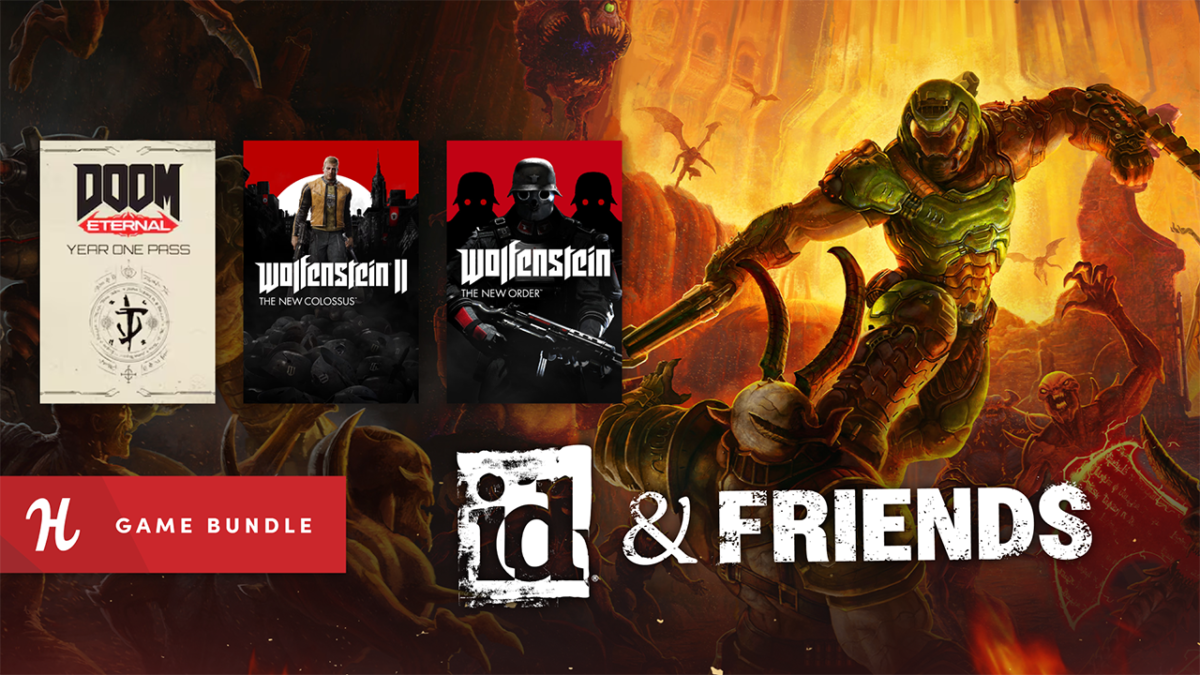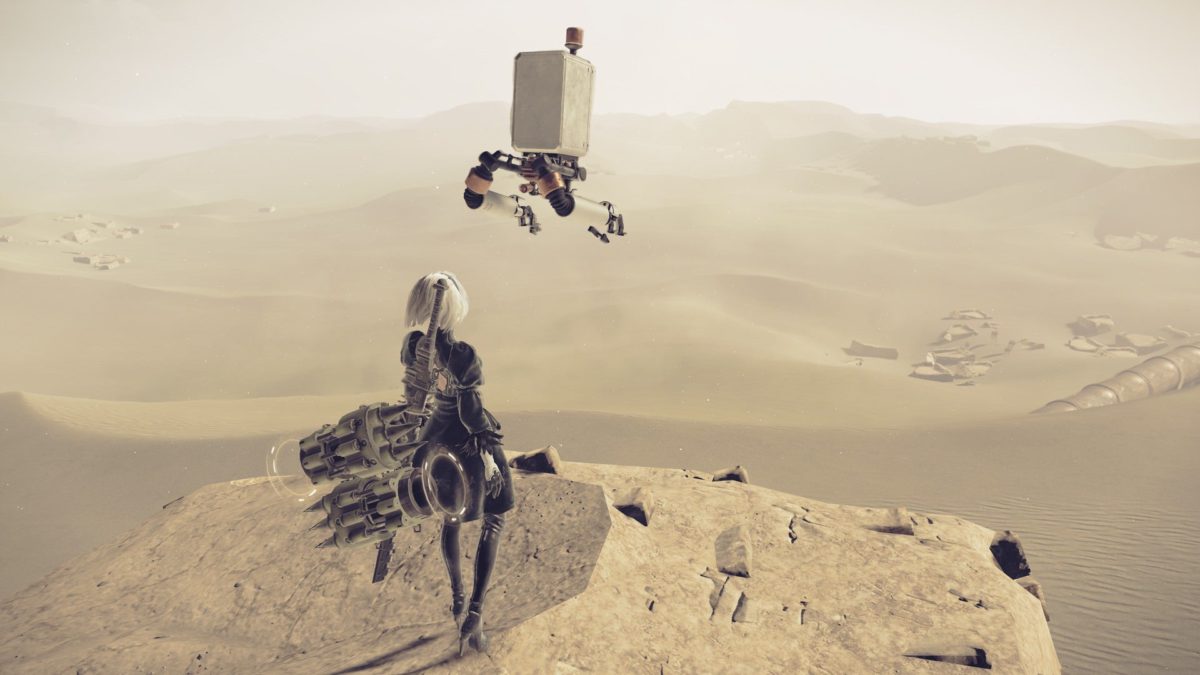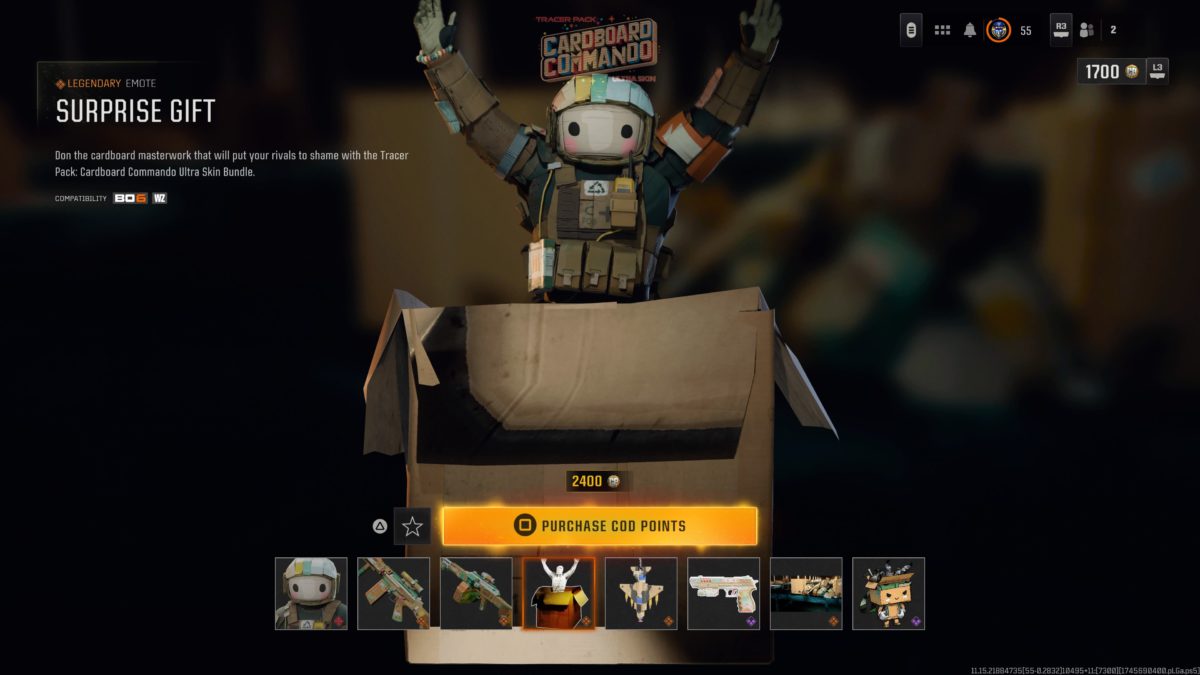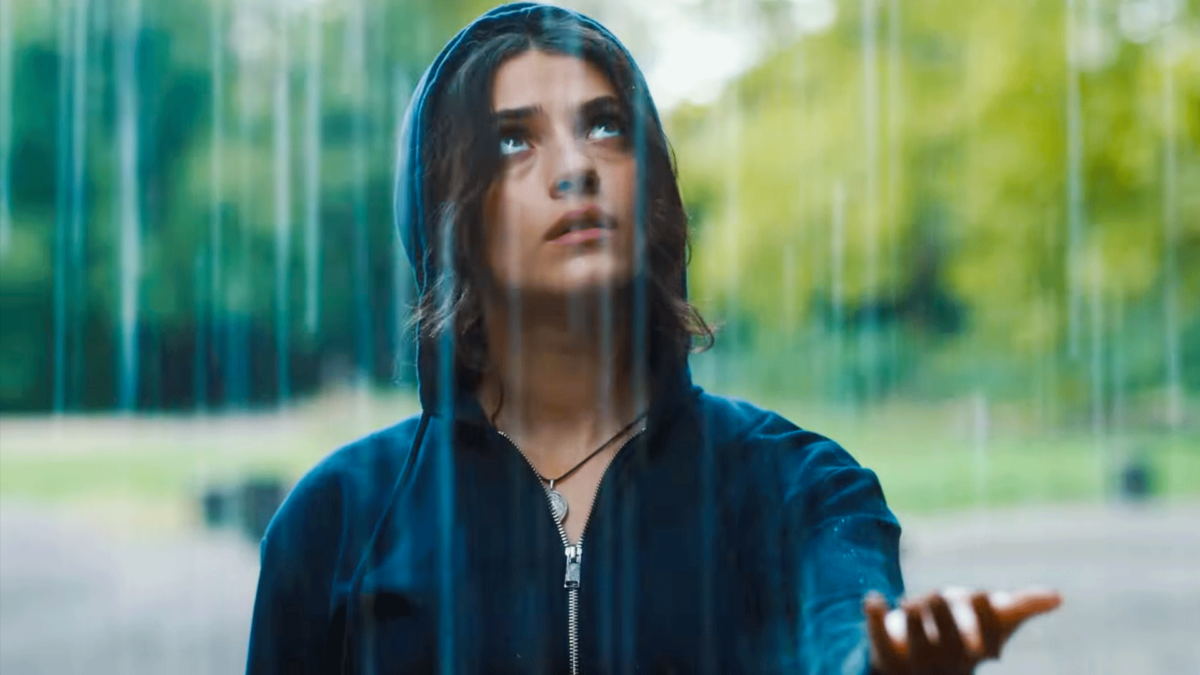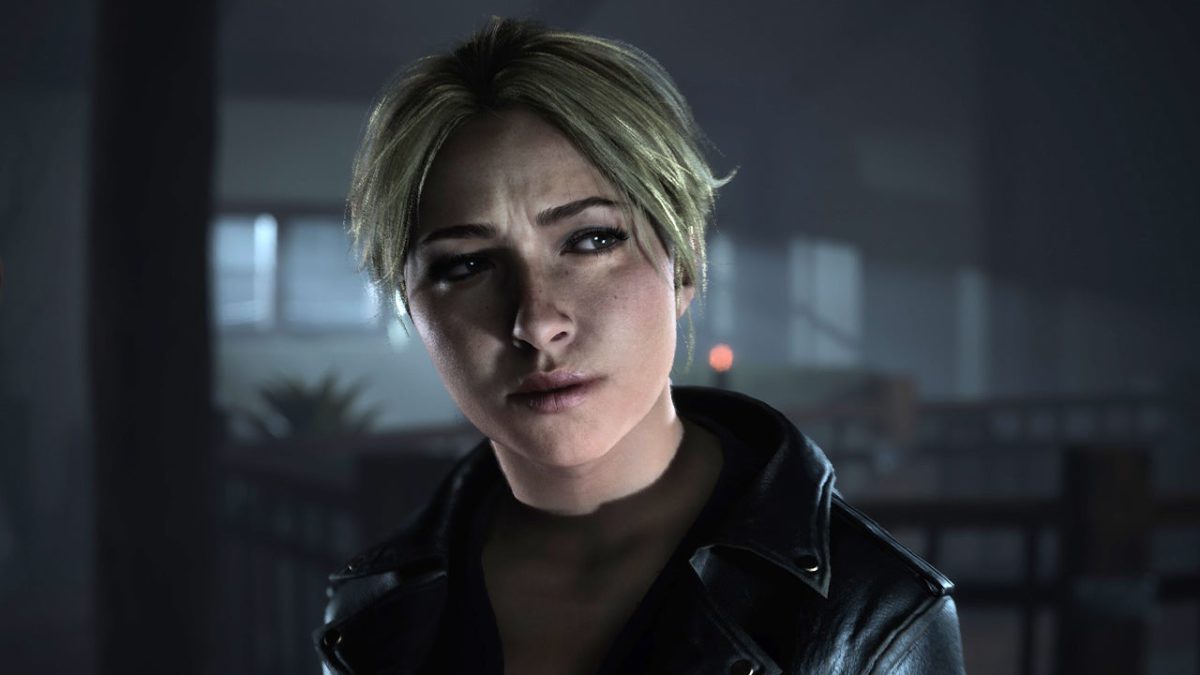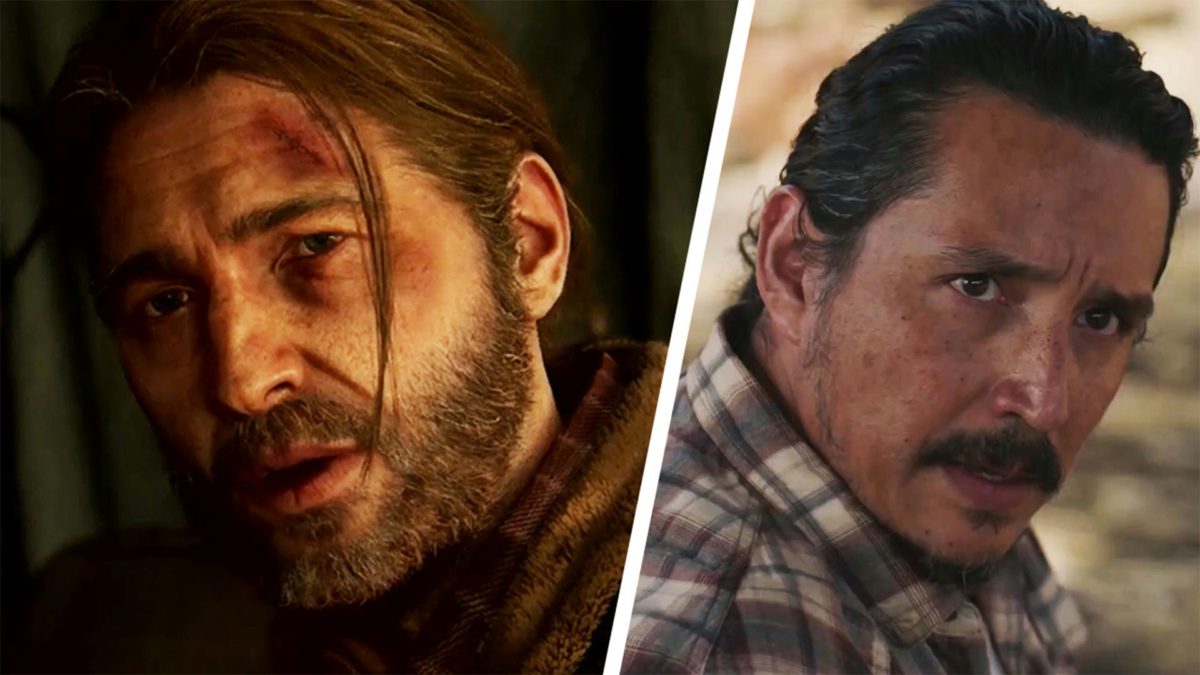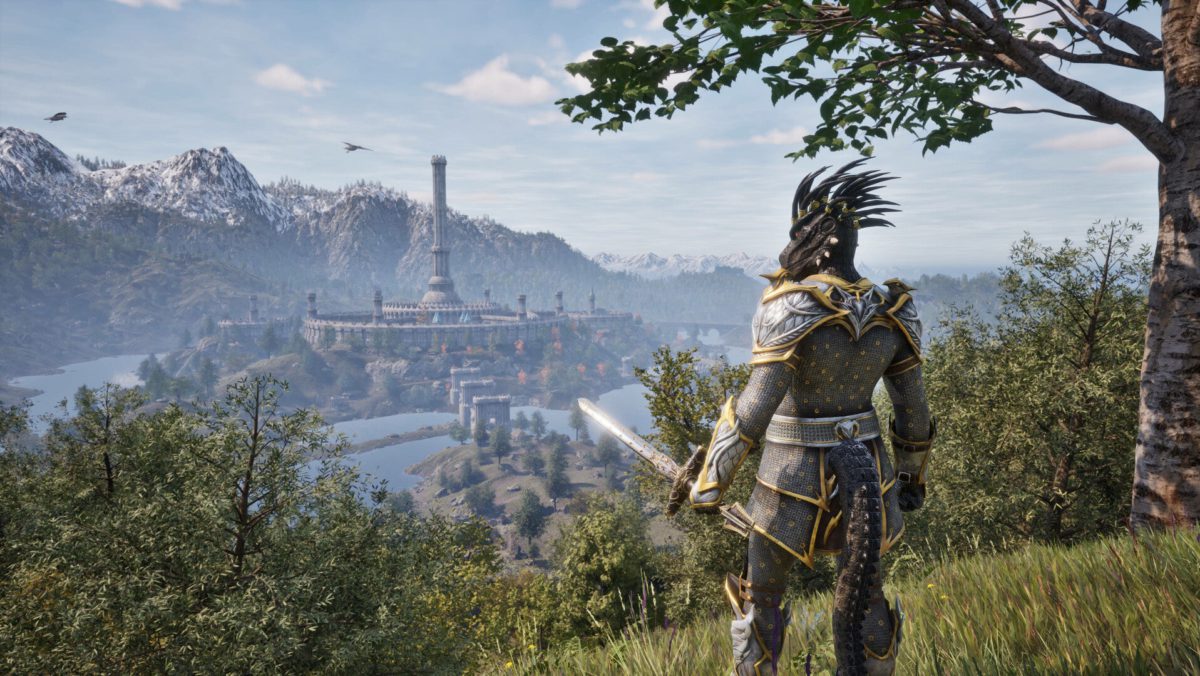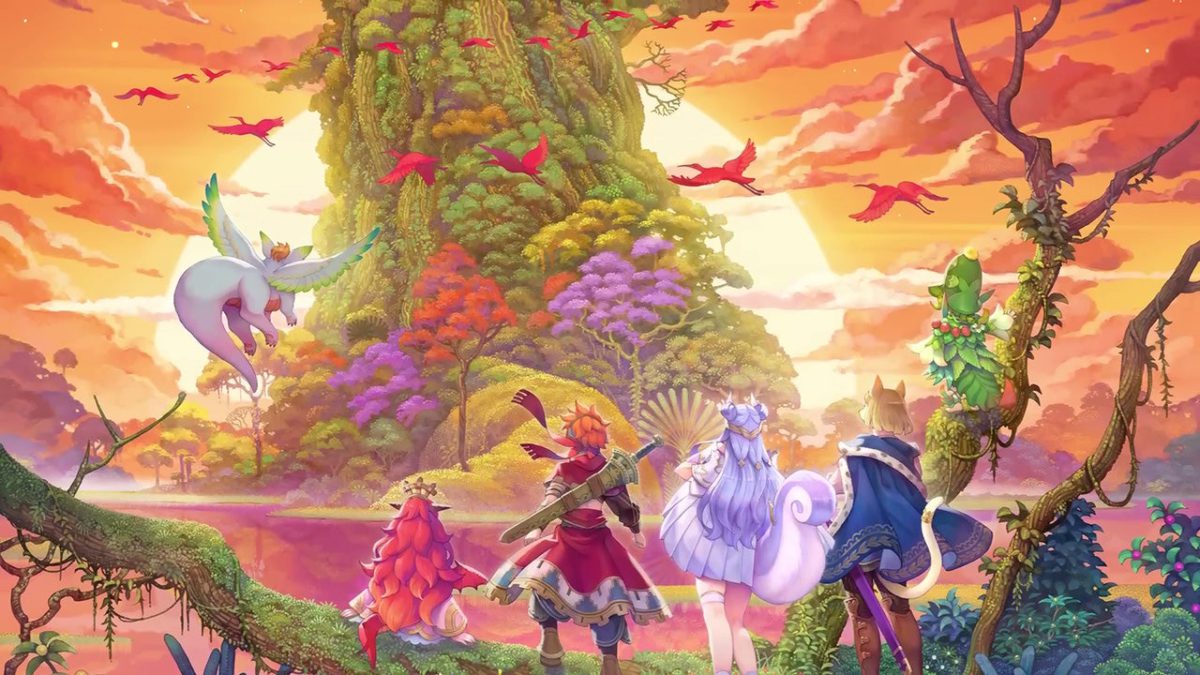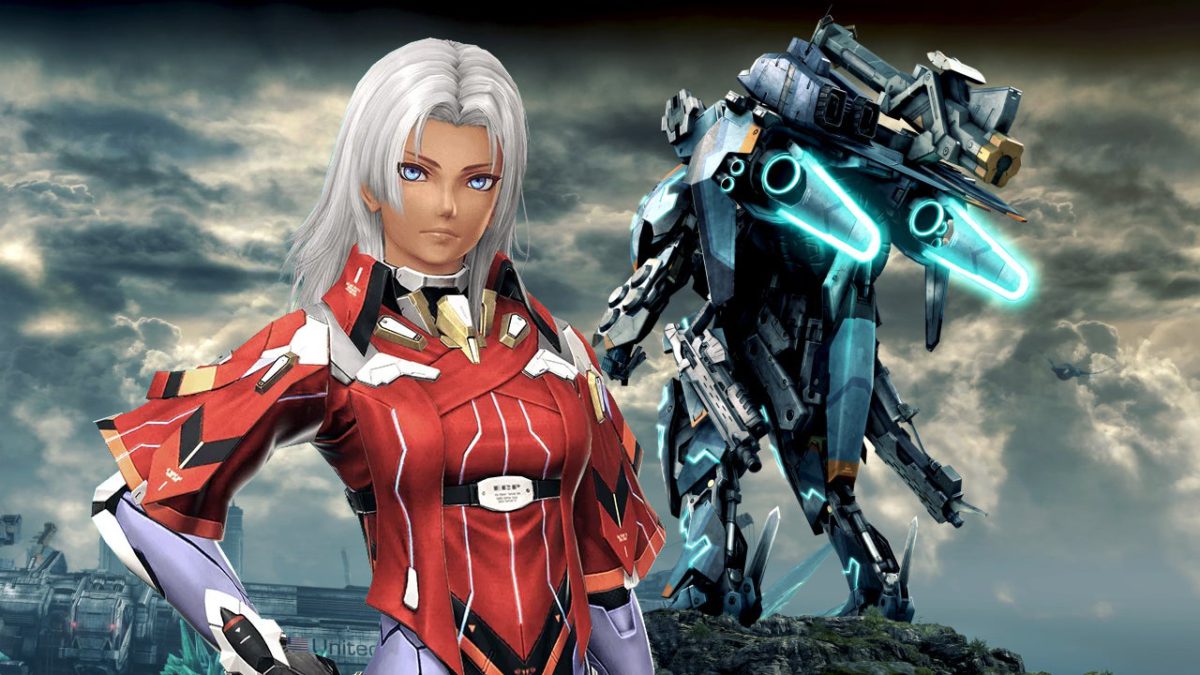
Like a Mythic Dawn cultist popping out of a secret room to stab the Emperor in the back, a remaster of The Elder Scrolls IV: Oblivion has shown up out of nowhere, and it’s a dagger I’ve gladly thrown myself onto for over 80 hours (and counting) in less than a week. This Unreal-tinted glasses nostalgia trip modestly modernizes one of my all-time favorite open-world RPGs and had me teaming up with Sean Bean to close shut the jaws of Oblivion, helping the God of Madness with his, um, complicated mental health issues, rising to the top of every faction like I was angling to become Cyrodiil’s Valedictorian, and violating every single person’s personal space by getting way too close to them while talking.
I’d recently revisited the original Oblivion when rumors of its return were swirling, so with its shortcomings very clear in my mind, I found that the improved UI, revised leveling system, and especially the graphical overhaul have made this nearly 20-year-old classic massively more playable. That said, I’ve also seen a disappointingly recognizable amount of jank and poor performance, and the mostly unchanged enemy scaling apparatus hasn’t gotten less irritating with time. And yet, as someone who considers myself pretty immune to the charms of nostalgia alone when a game hasn’t aged well, I had a fantastic time returning to this adorably weird open-world adventure and will likely lose even more time to it in the coming weeks and months as I tie up loose ends in the Shivering Isles.
If you never played the original Oblivion, it’s your typical massive open-world fantasy RPG from the folks who would go on to bring us Skyrim (and more recently Starfield and Fallout 4), and it’s from an era where the designers at Bethesda provided fewer guardrails and wrote stronger stories. You’ll level up your character in everything from casting destructive magic to repairing your armor as you seek stronger loot, complete quests, and steal everything in sight in typical RPG fashion. Most of the stuff you’ll do, like rise up the ranks of the Mages Guild and uncover an ancient sorcerer’s plot to throw Tamriel into chaos, is incredibly enjoyable and has withstood the test of time, while other aspects, like the procedurally generated Oblivion levels you’re subjected to frequently, have fared less well and serve as glowing reminders of problems Bethesda never quite figured out how to resolve.
The main way it sets itself apart from more recent Bethesda RPGs is that its sometimes unintuitive systems, while undoubtedly less approachable than Skyrim’s streamlined builds, allow for significantly more freedom to do wacky stuff. A great example of this is its spellcrafting system: In Skyrim you can learn to throw fireballs or turn invisible, but your options are limited to the specific magical tools you’re provided out of the box (unless you install mods, of course), while in Oblivion you’re given the option to create your own unique spells using a cocktail of effects controlled by various sliders and toggles, then just see what happens when you try and cast them.
Let’s say you combine the Demoralize spell effect, which makes characters run away from you during combat, with the Fortify Speed spell effect, which increases how quickly a character can move. Now you’ve just created a spell that you can cast on people that will make them cartoonishly run away from you at lightning speeds, to hilarious effect. Practical in any real sense? Probably not. But it’s the kind of goofy, dumb thing Oblivion’s old-school design sensibilities allow for, and which I find far more compelling than a pre-curated bag of one-note tricks. This tradeoff of greater freedom at the cost of intuitiveness and often janky execution can be found all over Oblivion’s dorky DNA, and it’s one of the reasons I really connect with this unashamedly wonky adventure.
This series of massive, open-world gallivants aren’t known for having the most focused, noteworthy stories, but Oblivion actually surprises in this regard. For my money it’s some of Bethesda’s best work, especially when it comes to the all-important faction quest lines. The Dark Brotherhood and Thieves Guild stories in particular have lived rent-free in my head for the better part of two decades, and I was pleasantly surprised to see they’ve aged like fine wine. The Shivering Isles expansion area and quests, which throw you into an Alice in Wonderland-like world of madness, remains one of the best DLCs ever made, with a surprisingly compelling story given to such a seemingly silly character in the mad god Sheogorath. Even the main quest, which has you finding the bastard son of a slain emperor to stop an otherworldly invasion, is actually much better than I remembered it being, with Sean Bean’s Martin having a genuinely touching character arc that I found myself quite invested in. Don’t get me wrong – there’s nothing as meaningful and well-written as you’d find in a more story-focused RPG, like Red Dead Redemption 2, and there are plenty of forgettable characters with stilted dialogue to go around, but I’d still put it well above the average for this type of game.
It probably goes without saying that the graphical upgrade is Oblivion Remastered’s biggest improvement, and the efforts of the team at Virtuous that remastered Bethesda’s original are a sight to behold. While things definitely don’t look anywhere near the normal standards of a big-budget game built from the ground up today, putting this version side-by-side with its 2006 doppelganger is eyebrow-raisingly impressive. The entire map is crisp, with a draw distance my teenage-self could have only dreamed of. Lighting, shadows, and character lip syncing in particular have been overhauled so much that it’s actually kind of shocking. That said, other things bizarrely didn’t get the memo. The NPCs’ faces, for instance, are almost universally hideous and cartoonish and have about a 40% chance of being cross-eyed. (Although, honestly, being horrified by character faces might actually be part of the authentic Oblivion experience.) On balance, though, it’s still a total glow up. It’s one of those situations where everything looks like I fondly remember it instead of how it actually did back in 2006, which speaks to how the spirit and style of the original has been maintained.
Beyond the glossy new look, though, perhaps the thing that has had the biggest impact on gameplay in Oblivion Remastered is the simple inclusion of a sprint button. If you haven’t played Oblivion in over a decade you might be shocked to hear that, no, there was no sprinting. Wild, I know. And if you never played the original, just understand that you’ll never truly know this gift you’ve been granted from Akatosh himself. I don’t even really mind that I’m now losing stamina by sprinting (something that annoys me in RPGs where you’re literally always running around). It’s worth it, even if it does have the odd side effect of making the entire map feel smaller, especially cities and dungeons that can now be fully explored in about half the time. This change has also made me care a whole lot more about investing in skills and magical buffs that increase my stamina, since now I’m using that meter for nearly everything I do. But despite the extra fiddling that causes, moving quickly through areas I already know like the back of my hand makes for a remarkably less tedious time.
There are also a bunch of major changes to the UI, leveling system, and other minor changes to get rid of some irksome choices that existed in the original. The UI has been modernized with today’s design sensibilities, so there are lots of appreciated additions you might not even notice. The compass has moved to the top of your screen and provides way more information; the health, magicka, and stamina meters are now spaced out across the screen instead of being shoved into one corner together; and the menus are much more intuitively placed, so you can toggle between your spells and character stats a lot faster.
Some elements still feel pretty old-timey – like the quest log popping up right in the middle of the screen anytime you’ve reached a new milestone in one, awkwardly interrupting whatever you were doing – but most of these annoyances didn’t bother me much. The developers clearly picked their battles with what to change and what to keep mostly the same, and these little changes can be felt all over. For example, in the original version of Oblivion any time you try to harvest a resource from the world, you roll a chance to do so, meaning you end up wasting a whole bunch of time trying to grab materials to make potions and whatnot. In Oblivion Remastered, this has been revised so now anytime you reach for an ingredient, you just get it, y’know, like they weren’t intentionally trying to annoy you. There are still plenty of wonky choices, like the return of the infamous persuasion minigame that is just as boring and unintuitive as you remember it, but they’ve mostly done a good job with polishing up the worst of these rough edges.
Unfortunately, one of the areas where Oblivion needed the most improvement was its leveling system and how enemies scale with you as you progress, and while some tweaking has been done to make it feel less unfair, it remains deeply flawed. Previously, you could only level up your character by improving your primary class skills, like Destruction for a mage or Heavy Armor for a warrior – but if you focused on doing that, enemies would scale with you and beat you to a pulp with their high-level gear (since you were as unlikely to be as well-rounded or intentionally stat-ed out as they are). This made the midgame a real pain, until you eventually got over that hump and retook your place as a geared-out badass. In Oblivion Remastered, they’ve melded that leveling system with Skyrim’s version in which everything you do increases your level, and that makes for a significantly less frustrating climb against opponents that arbitrarily become more dangerous across the entire game world.
Now I didn’t feel punished for focusing on my primary skills first, boosting my level before I was properly powered for the more lethal enemies that progression brought with it. But that core problem of enemies scaling out in the world is still a bummer of a mechanic that has aged like spoiled sweet rolls. It doesn’t exactly feel great to spend 50 hours building up your character to then discover that regular-ass bandits out in the world are now rocking full sets of shiny glass armor, mostly invalidating your hard-earned progress. This is a long-standing criticism of Oblivion, and although I know it would’ve been a massive undertaking to rebalance the entire world to continue to provide challenges for high-level characters in the late game without this shortcut, I can’t help but wish the developers had devoted the resources to addressing it.
And that really is the biggest critique of this remaster, which deftly succeeds at maintaining all the things I loved and despised about Oblivion in a clear effort to keep it as close to the original vision as possible. So a lot of how much you’re likely to enjoy a playthrough is going to come down to your personal history and experience with Bethesda’s RPGs: If you’ve been gaming for a few decades already and your nostalgia is great enough to help you forgive some pretty clearly outdated game design decisions, then you’re in for an awesome trip. But if you’re new to Oblivion or simply don’t possess a natural fondness for retro-style roleplaying, then you’ll probably find yourself less enthused when, for example, you run through the 30th or 40th nearly identical Oblivion Gate.
As for me, I find myself somewhere in the middle: I really love this game, even as I’m well-aware and quite incapable of overlooking its many flaws. Would we have been better served if Bethesda and Virtuous had thrown out the old rulebook and done a proper, ground-up remake? Maybe; maybe not. But the decision to stick as close as possible to recreating Oblivion as it existed in 2006 but prettier and slightly less irritating has certainly put a ceiling on how much this Elder Scrolls redux can really blow me away.
There’s another caveat to mention, too. Although Virtuous headed up development of this remaster and did some great work, they’re not miracle workers: this is still a Bethesda game through and through, and with that comes a lot of bugs. I saw everything from broken quest objectives to Oblivion gates disappearing before my eyes, and dozens of other issues. On more than one occasion I’ve even found myself stuck underneath a rock in an area where enemies were nearby so I wasn’t able to fast travel away, meaning I had to choose between praying to Akatosh that the baddies would creep near enough for me to kill them through the environment and escape my fate, or just give up and reload to a previous checkpoint.
Beyond that, Oblivion Remastered performs increasingly worse the longer you play it, presumably because I monkeyed with the world enough to cause it trouble trying to keep track of where I left a specific piece of cheese. My Xbox Series X dropped frames and hitched with regularity, textures loaded right in front of me, and after about 40 hours I started encountering hard crashes and game freezes every few hours like clockwork. Most of this stuff didn’t deter me from sinking an ungodly amount of time into blasting daedra with fireballs, but it’s definitely a bummer to see that two decades wasn’t long enough to fix this janky fantasy world, and in some cases it appears to perform even worse than I remember the Xbox 360 doing, which is almost impressive.

